Here’s everything you need to know to grow huge yields of delicious strawberries all summer long. Whether you grow this lovely soft fruit in the garden, on your balcony or at your allotment, here’s how to get the very best from your strawberry plants.
Where to grow strawberries
Strawberries prefer a good, loamy, well-drained soil that’s rich in humus. Choose an open, sunny position which is sheltered from cold winds and late frosts. Alternatively, strawberries grow very well in all manner of containers, pots and trays, and will even grow very well in hanging baskets. As long as the plants have their roots in decent soil or compost and you water and feed them appropriately, they’ll flourish.
If planting into the ground, it’s important to note where you’ve planted strawberries before and to avoid planting again too soon in the same places, otherwise you risk a build up of pests and diseases in the soil.
In the weeks before planting strawberries, give your soil a thorough weed and dig in some well-rotted manure or compost. When you come to plant your strawberries, apply a general fertiliser like Growmore to get them off to a good start.
When to plant strawberries
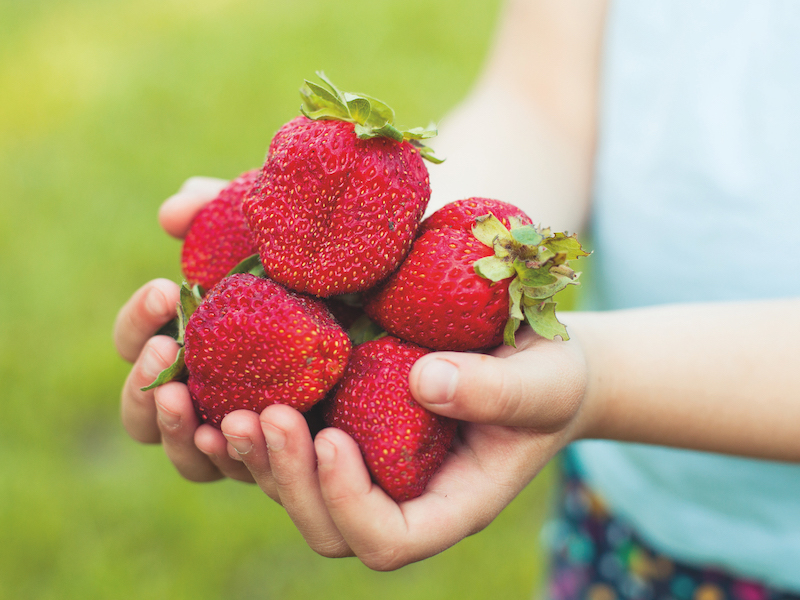
Image: Strawberry ‘Sweet Colossus’ from Suttons
Plant your strawberries outside during May when the risk of frost has passed. When ordering live plants from Suttons, you should aim to get them into the ground or container as soon as possible after you receive them. If that’s not possible – either because circumstances conspire against you or because the ground is wet or frozen – place them in a seed tray, surround the roots with moist potting compost and plant them as soon as you can.
How to plant your strawberries
If, when you open your bundle of bare root strawberries, you find that they’re a little on the dry side, soak them in tepid water for a few hours before planting. Now dig a hole large enough to spread out the roots, spacing the plants 45cm (18″) apart with 75cm (30″) between rows. It’s important to set the central crown level with the soil surface. Firm the soil around each plant and water in. If soil conditions are heavy, plant on a shallow (3″) ridge to aid drainage – see the illustration below.
How to care for strawberries
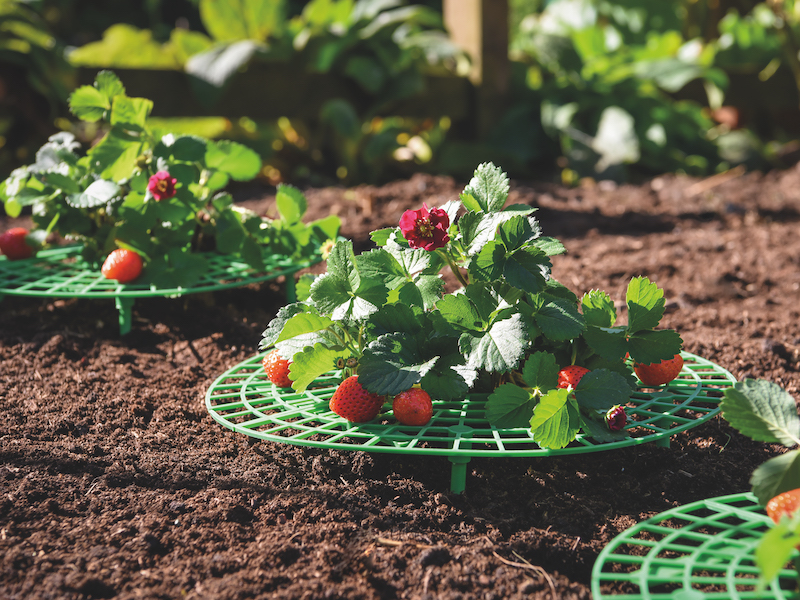
Image: Strawberry supports from Suttons
For normal summer-fruiting strawberry varieties, it’s best to remove the flowers in the first season. This prevents fruiting and enables the plants to become well established before bearing heavier crops in subsequent years. Do not remove flowers from 60 day runners.
With ‘everbearing’ strawberries (also known as ‘perpetual’) which fruit all summer until the first frosts, remove the first flowers produced in the spring following planting. This allows the plant to establish before producing more blossoms after mid-June which you should allow to develop to produce a late summer and autumn crop.
Keep your strawberries under control by cutting off runners and once the fruit has set, apply a thick mulch of chipped bark or straw to retain soil moisture, suppress weeds and protect the fruit from soil splashes.
As everbearer varieties have an extended fruiting season, it’s best to avoid using straw as a mulch as this may encourage fungal diseases when used over a long period. Planting through black polythene is a useful alternative method of protecting fruit, but less environmentally friendly.
Do keep an eye on the weather and if conditions are dry, make sure you water regularly, especially while the fruit is swelling and ripening, otherwise the strawberries will be of poor size and quality.
Different ways to grow strawberries
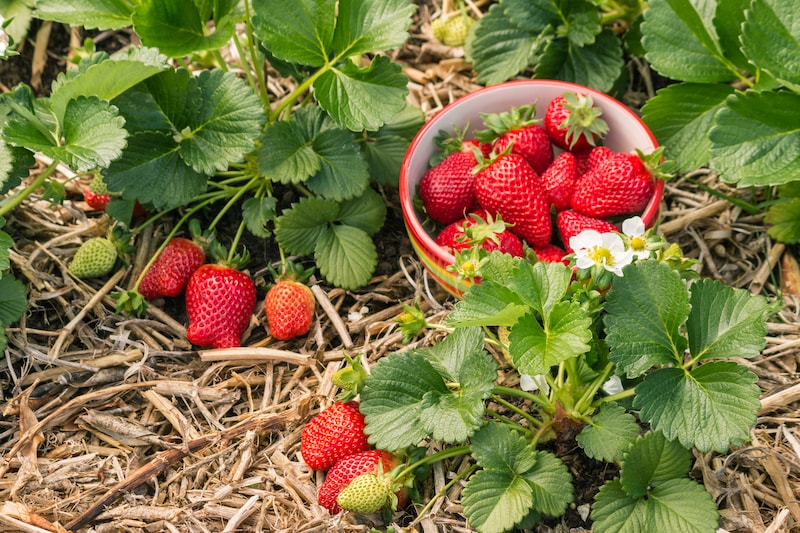
Image: Bare root strawberry plants ‘Elsanta’ from Suttons
Here we have a look at some of the alternative ways to grow strawberries. Just choose the best cultivation method to suit your needs and look forward to growing a healthy crop of tasty summer fruit. Try:
- Matted row culture
- Growing in pots
- Forcing early crops
Matted row culture
This is an alternative method suitable for all the summer strawberry fruiting varieties except ‘60 day runners’. Instead of removing the runners, retain up to nine per plant, arranging them so that they root in the soil between the plants within the row. This system results in a heavier crop though fruit size will be smaller.
Growing strawberries in pots
With everbearing strawberry varieties, an alternative method of cultivation is to grow them in pots. Immediately on receipt of your plants, pot them and put them in a cold or cool greenhouse. Set one plant to a 15cm (6″) diameter pot and use John Innes Potting Compost No. 1 or a good quality soil-less potting compost.
As your strawberries develop, move them outside or keep them inside – the choice is yours. If growing indoors, there may be insufficient pollinating insects to assure a good harvest. In this case, you should hand pollinate your potted plants. Using a small paint brush to brush the flowers, transferring pollen from bloom to bloom. Apply a liquid tomato fertiliser as the fruit starts to swell.
‘Forcing’ early strawberries
If you’re keen to enjoy an early harvest, it makes sense to go with an early variety and plant your strawberries in the autumn while the ground is still relatively warm. Overwinter your plants by covering them with cloches, perforated polythene sheeting or fleece to hasten bud development and protect from cold weather.
If plants are completely covered during their growth phase, remember to uncover for periods, particularly in fine weather, to allow access for pollinating insects. Crops treated in this way can be advanced by a couple of weeks and a mid-May crop of strawberries is easily achievable.
Alternative ways to propagate strawberries
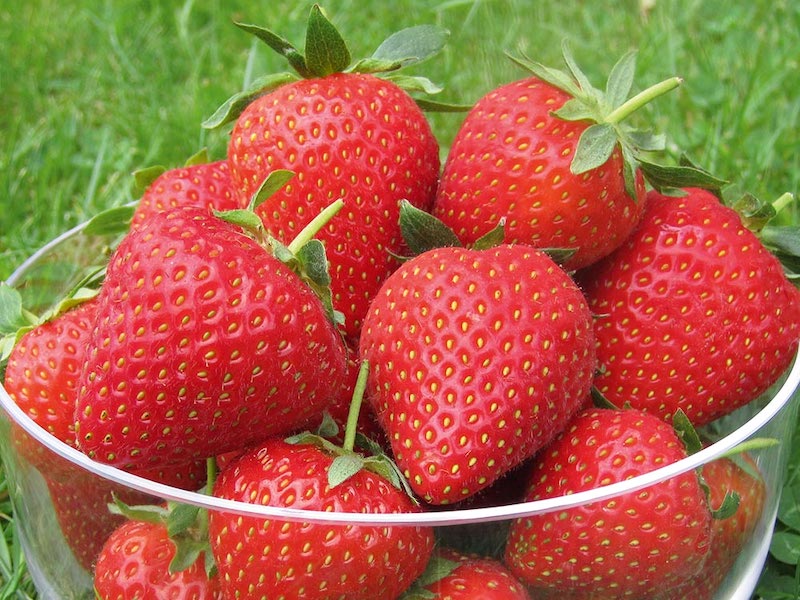
Image: Strawberry ‘Vibrant’ Misted Tip from Suttons
Several growing techniques have been developed by commercial growers in recent years to enable fruit to be picked very much sooner after planting and to ensure the first crops are very much heavier than in traditional growing regimes. Here we take a look at how you too can take advantage of these special techniques and hopefully achieve the same impressive results! (Cropping in subsequent seasons is the same as for normal plants.)
Some of these special techniques include:
- 60-day plants
- Misted tip plants
- ‘Jumbo’ plants
‘60 Day’ Plants
Strong runners are harvested from open ground in early autumn and placed in cold storage over winter. Latent buds are retained in the dormant crown and will quickly burst into growth once planted, which you can do at any time from early spring to mid-June. Regular and generous watering is vital to the success of these plants, each one of which can produce a crop of around 250 grams of strawberries about 60 days from planting.
In subsequent years, treat these plants as you would any other strawberry and they’ll continue to produce heavy crops for at least another three seasons.
Misted Tip Plants
These are rooted cuttings taken from strong runner tips in early summer and grown on under glass in special modules. A strong multi-crowned plant is formed which is best planted in late August. To avoid drying out, the entire root ball should be set at just below soil level. Again watering is critical for establishment. Yields in the first summer are very high and as much as 2lb per plant can be achieved – double the yield of normal plants.
‘Jumbo’ Plants
Crowns are lifted from the mother plants and re-established in a special plantation at wide spacings thus allowing little plant competition and giving maximum light. The result is that a very large plant is formed with a huge yield potential in the first year. Plants should yield about 500g in the first summer – twice the yield of 60 day plants. Planting is from early to late spring and adequate watering is critical.
What to do with strawberries after fruiting
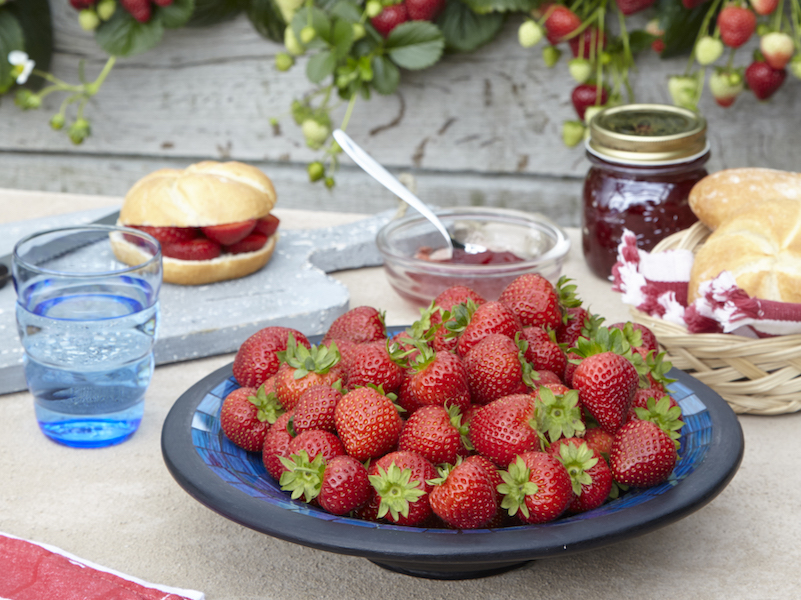
Image: Strawberry ‘F1 Delizz’ from Suttons
Once fruiting has finished, cut off all the old strawberry leaves about 10cm (4″) above the crowns. For everbearing varieties, remove only the old leaves. Apply a dressing of sulphate of potash at 15gms per sq. m. (½oz per sq. yard). In spring add a general fertiliser such as Growmore.
Now you know how to grow strawberries, all that remains is to include some new varieties in your planting schedule and to order your strawberry plants in time for autumn or spring planting. Looking for other summer fruits to grow at home? Check out our new varieties now.
Lead image: Strawberry ‘Albion’ bare root plants from Suttons
Last Updated on March 18, 2025 by Suttons Horticultural Team

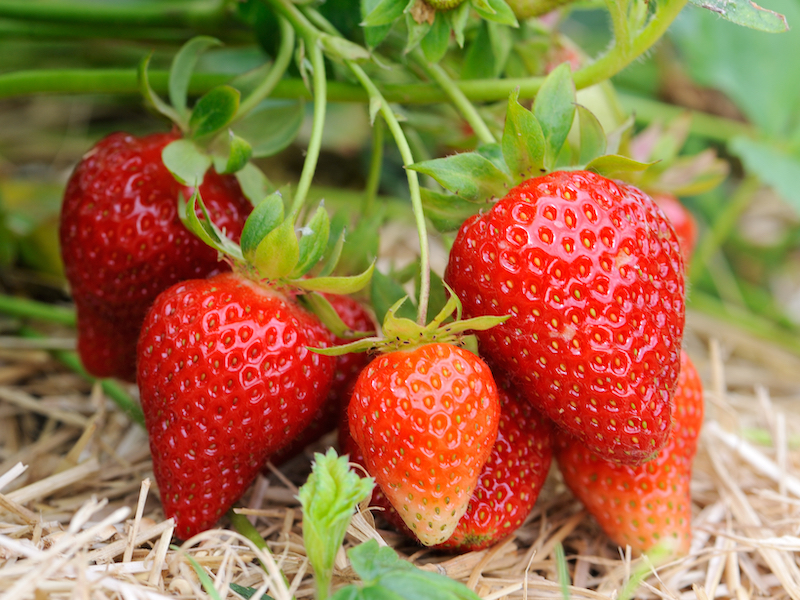
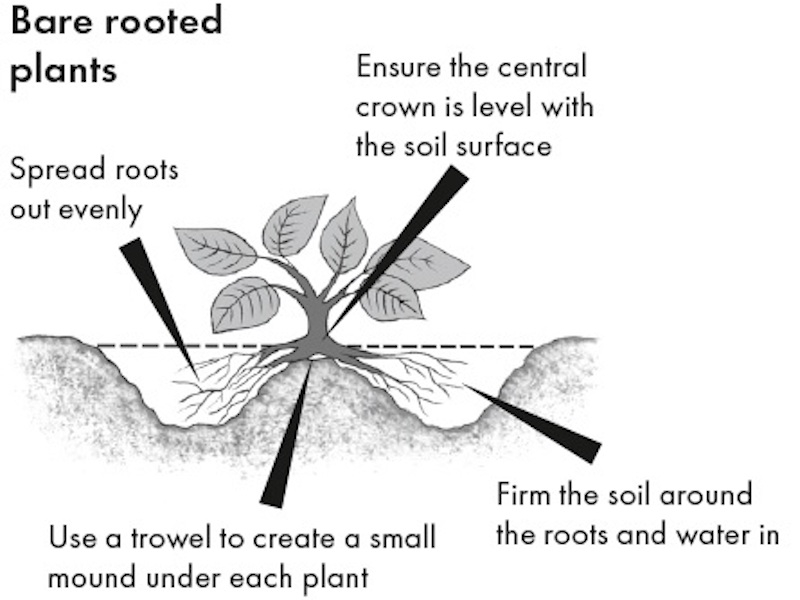





I love strawberries and when I had an allotment I grew several plants in raised beds. Now I only have a balcony and I would love to grow from the hanging baskets. Are there any such plants available or is it too late>
My daughter lives in southern Ireland and would love to buy from you. Do you post to southern Ireland please thank you Jo